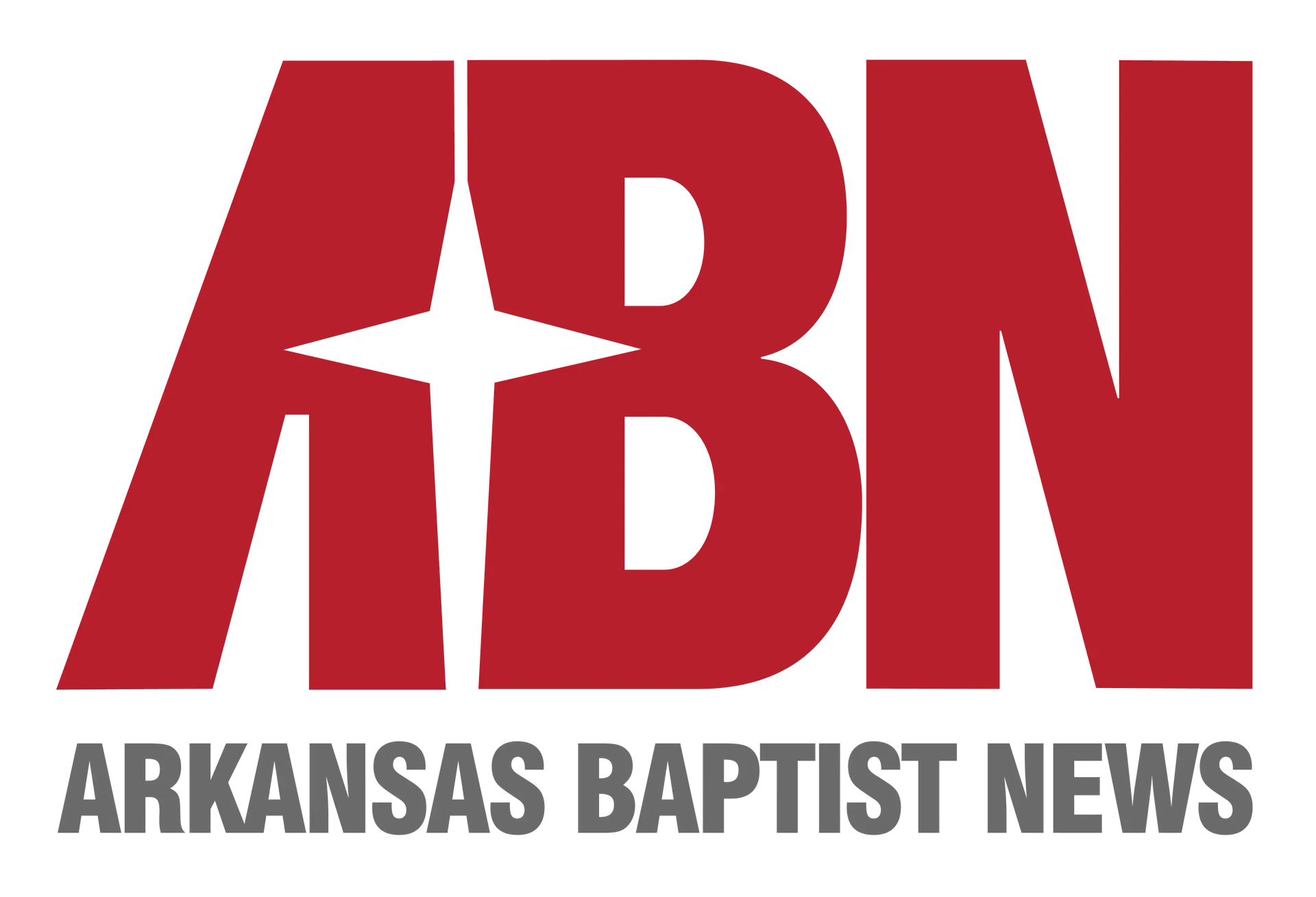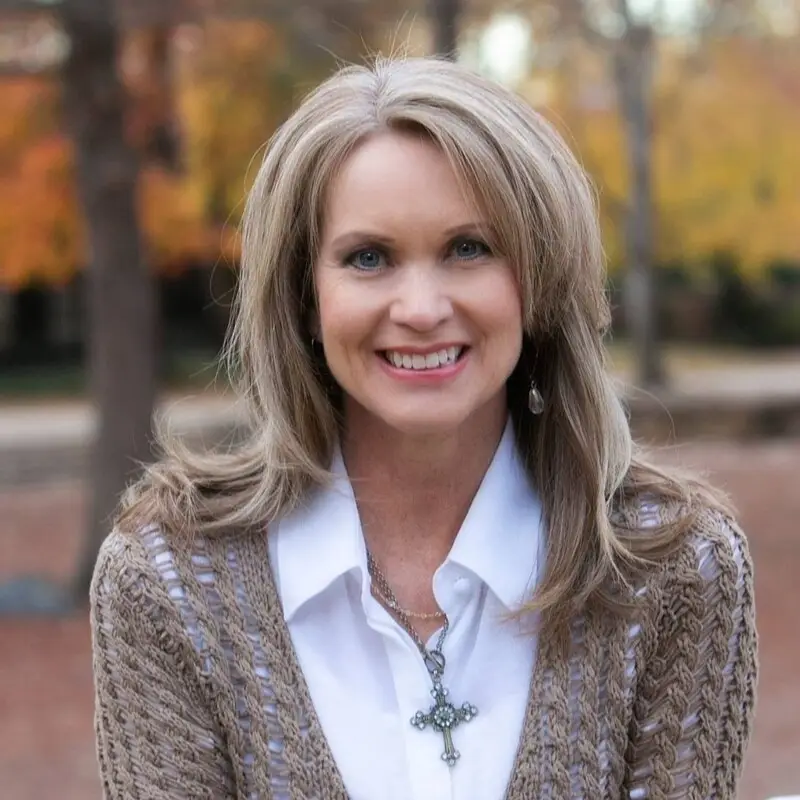As a nine-year-old girl I walked the aisle during children’s church at First Baptist Church of Rogers and was baptized into the saving grace of Jesus. I have vivid memories of our whole congregation gathered in a circle around the sanctuary every Sunday night at the close of evening service, hands joined, voices raised, singing the chorus “We are One in the Bond of Love” in faith together.
Like many, I have grown up with a rich heritage steeped in Southern Baptist church life. What does that mean? It means my family was there “every time the doors were open.” If you remember Sunday School, ‘Big Church,’ Sunday night Training Union, Sunday night ‘Big Church,’ Bible Drill, Children and Youth Choirs, GA’s, Vacation Bible School, Siloam Springs Camp, Music Camp at Ouachita Baptist University, and even going to Sunday School week at Ridgecrest, then you know what I’m talking about! These experiences and the adults I was around largely shaped my mindset and deep love for the church.
For as long as I can remember, church was always my second home and as a child, my favorite place to be. For most of my adult life, I have served in a variety of volunteer, or what we often refer to as “lay leader,” roles within my local church. These have involved serving as part of a support ministry team for a larger ministry in the church, as a children’s choir director, as director of a women’s ministry team, and currently as co-leader of a ministry to moms.
As I was doing some research for this article, I did a Google search using the basic term, “lay leader/lay ministry leader.” I found very little written that speaks to this vital role in the church. It is a group that is often overlooked yet probably the most valuable asset of a healthy, growing church.
We all know the challenges that 2020 brought to pastors and churches as a whole. Ministries were abruptly halted and ongoing connections with church members and/or prospects ceased to exist in many cases. This not only affected pastors and church staff, but also lay leaders who serve as overseers and are often the main point of contact for many of these ministries. Pastors and lay ministry leaders across the board experienced different levels of discouragement.
As churches gradually get back to restarting various ministries, it’s a great time to re-evaluate how we value and invest in those who serve as lay leaders in these ministry areas. What are some tangible ways to do this?
- Create pathways for members to connect their spiritual gifts to specific ways to serve. If it’s been awhile since your church did a survey of spiritual gifts, now is a great time to get your members — all of them, not just new members — connected to where they fit in helping your church grow. People are ready to get reconnected and are eager to find community.
- Create a climate that breeds buy-in and values lay leaders’ input in ministry direction. When was the last time you told your key lay leaders, “We appreciate your gifts and your investment in ______ ministry.”? Lay leaders are your key points of contact and often have great insights for ministry growth. Invite them in to conversations where ministry direction is being developed and discussed. Give them an opportunity to share their ideas and input.
- Create a culture of leadership development for lay leaders. We are to be good stewards of every resource God entrusts to us. This includes people. How are we stewarding those who serve in lay ministry leadership? We nurture and care for the things and people we care about. In this time of restarting ministry it’s vital to cultivate a thriving environment where spiritual gifts are valued and nurtured. Make the effort to invest in leadership development resources for those who serve in key ministry areas.
“But speaking the truth in love, let us grow in every way into him who is the head — Christ. From him the whole body, fitted and knit together by every supporting ligament, promotes the growth of the body for building itself up in love by the proper working of each individual part.” Ephesians 4:16-17

